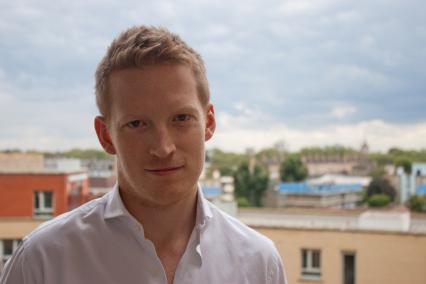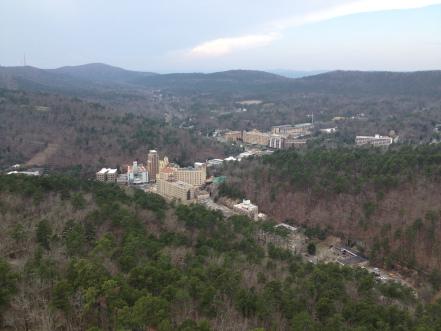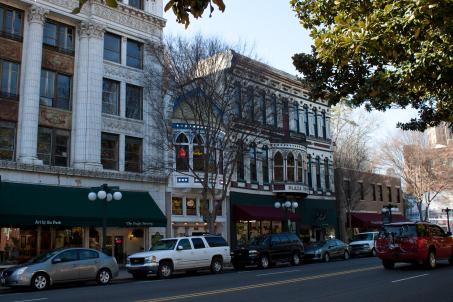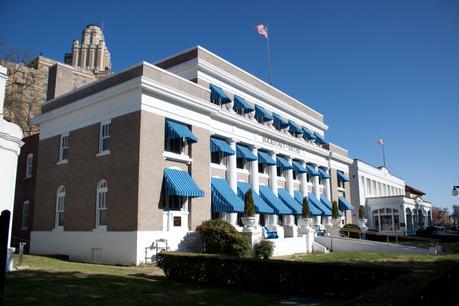 Considering that crime fiction isn’t my area, it holds a lot of positive associations. It was five years ago in London, on a Faber Crime Writing weekend (don’t ask), that I met my good friend and critique partner Kristin Celms – who lives in Minnesota. I’ve been invited to talk about book blogging at the Killer Women Crime Writing Festival in Shoreditch on 15 October – check out the fantastic programme here. And I first met today’s guest Rod Reynolds last year at a wine tasting by invitation of our mutual friend, superb crime writer and past Sofa guest Anya Lipska. Our team won, obviously.
Considering that crime fiction isn’t my area, it holds a lot of positive associations. It was five years ago in London, on a Faber Crime Writing weekend (don’t ask), that I met my good friend and critique partner Kristin Celms – who lives in Minnesota. I’ve been invited to talk about book blogging at the Killer Women Crime Writing Festival in Shoreditch on 15 October – check out the fantastic programme here. And I first met today’s guest Rod Reynolds last year at a wine tasting by invitation of our mutual friend, superb crime writer and past Sofa guest Anya Lipska. Our team won, obviously.
When Rod told me about his crime series set around the Texas/Arkansas border I was, as always, intrigued to see the results of a British writer setting their fiction in the States (something I’ve done, with Brooklyn in the 1970s). And having recently read his first two novels in quick succession, debut The Dark Inside and new release Black Night Falling, my conclusion is that he does it very well. You’ll find my thoughts on the series so far at the end of this post, but now over to Rod, who takes his on-site research as seriously as I might have guessed:

In February 2014 I was driving to Memphis and, glancing at the map before we set out, I noticed the idyllically-named Hot Springs was about halfway to our destination. I had been in Texarkana, on the Arkansas-Texas border, on a research trip for my debut novel, The Dark Inside, spending three days dragging my wife and young daughter around historic murder sites. As such, I thought the least they deserved for their patience was a nice lunch.
Sadly, the weather intervened. We left Texarkana in the driving rain, and by the time we hit the freeway, it had turned into an ice storm. The only other vehicles on the road were 18-wheelers and emergency services. There were ice stalactites on the road signs. Any thought of a lazy lunch went out the window and we ploughed on, desperate to make Memphis.

One of my favorite aspects of being a writer is that it gives you license to indulge your curiosity – never knowing what intellectual flight of fancy might turn into inspiration for a story. The Dark Inside is based on the unsolved 1940s serial killings known as The Texarkana Moonlight Murders; I stumbled over that case and was immediately gripped by its details – so much so that I ditched a manuscript I had been working on to begin planning what would become my first published novel.
As such, I’m acutely aware that ideas can come from anywhere, at any time. So having done two minutes of research on Hot Springs – for the purpose of checking it would be as charming a town as it sounded for our ill-fated lunch stop – I found that there was a bit more to it than met the eye.

It also has a history.
In 1946 when my second novel, Black Night Falling, is set, gambling and prostitution flourished openly there – despite being illegal. Sanctioned and controlled by local politicians, drinking clubs with innocent names like The Ohio Club and The Southern Club lined the main street in town; downstairs for drinking, upstairs for girls, gambling, or both. Even now, you sense there was a certain pride in the nicknames the town attracted at the time: The City Without A Lid. The Loose Buckle On The Bible Belt.

What intrigued me most, however, was the man who -allegedly – oversaw it all. Owen Madden was a famed prohibition-era racketeer in New York City; dubbed The Duke of the West Side, he had been one of the city’s most powerful criminals. He’d killed multiple men and served time in Sing-Sing. And he was born in Leeds. I couldn’t imagine how out of place he must have seemed in this isolated rural town in the American south of the 1940s.
Reading all of this, I got that same feeling I’d had before, the one telling me there was a story I wanted to tell here. Black Night Falling is a work of fiction, but characters inspired by real people – particularly Madden – feature prominently. The story sees my protagonist, Charlie Yates, travel to Hot Springs at the behest of an acquaintance, to help investigate the murders of three young women. But when he arrives, Yates finds his friend dead in suspicious circumstances, and a trail of bodies that reaches back into in his own past…
I finally made it to Hot Springs a year later, dragging my wife and daughter across the Atlantic again as I closed in on finishing Black Night Falling. The beautiful historic bathhouses are still standing, right across the street from the drinking clubs that symbolise the town’s notorious past – the two sides of the place in direct contrast. What I found was a peaceful and respectable town – but one that still has enough of a glint in its eye to remind you it wasn’t always that way.
Thanks to Rod for this brilliant piece, and many congratulations to him on appearing in The Guardian’s Best Recent Crime Novels in the best possible company!

Fans of Southern Noir and retro Americana in any form will find much to enjoy in this compelling and immersive series. Charlie Yates is a damaged and conflicted newspaper reporter who can’t leave a good story alone, even at the risk of adding to the list of fatalities. As such he makes for an engaging (if occasionally exasperating!) narrator. Reynolds evokes his small-town settings and the historical period with tremendous atmosphere and attention to detail. This produces a cinematic feel, particularly as it’s combined with tight plotting and mounting of suspense. My only reservation concerned the extensive use of quirky idiom and speech patterns (as opposed to standard American English), although if I was distracted by this it’s probably only because I am inordinately interested in such matters! This is genuinely accomplished storytelling that leaves me wondering what Charlie Yates will get up to next…
*POSTSCRIPT*
Next week my guest will be Jane Lythell, author of Woman of the Hour, on Dimensions of Character.

